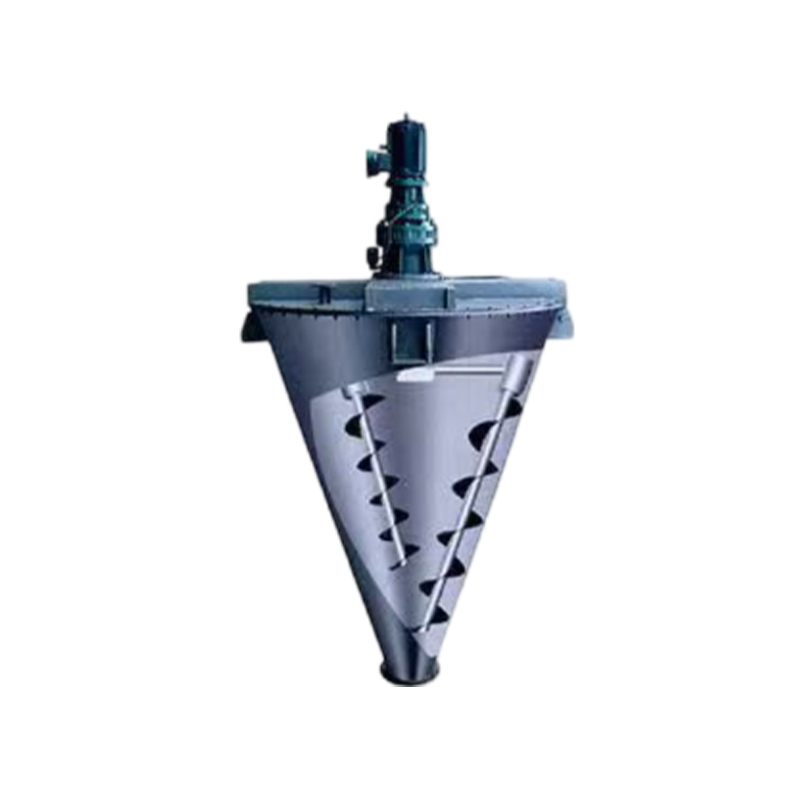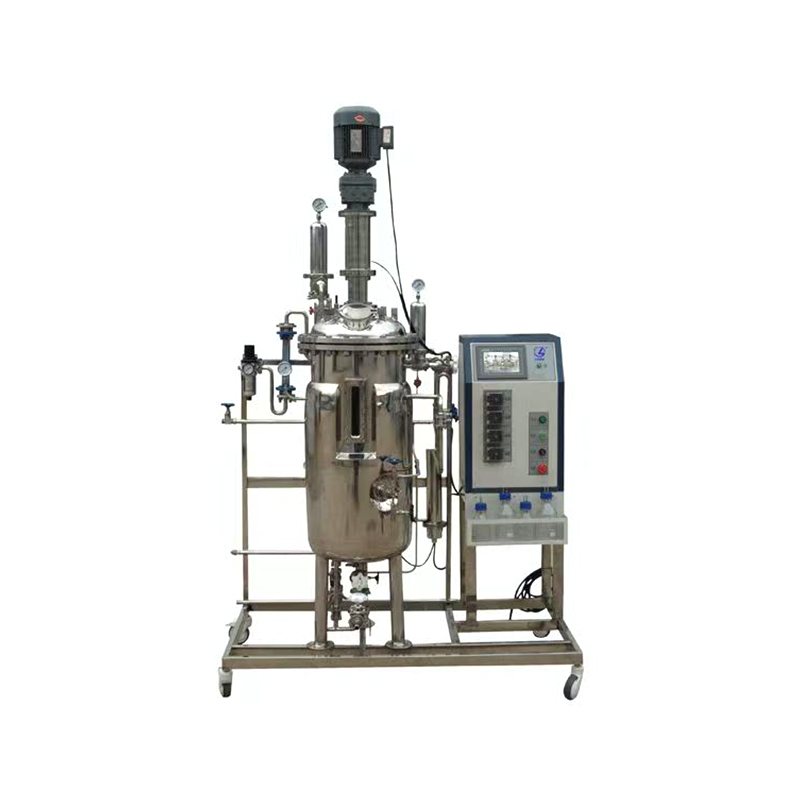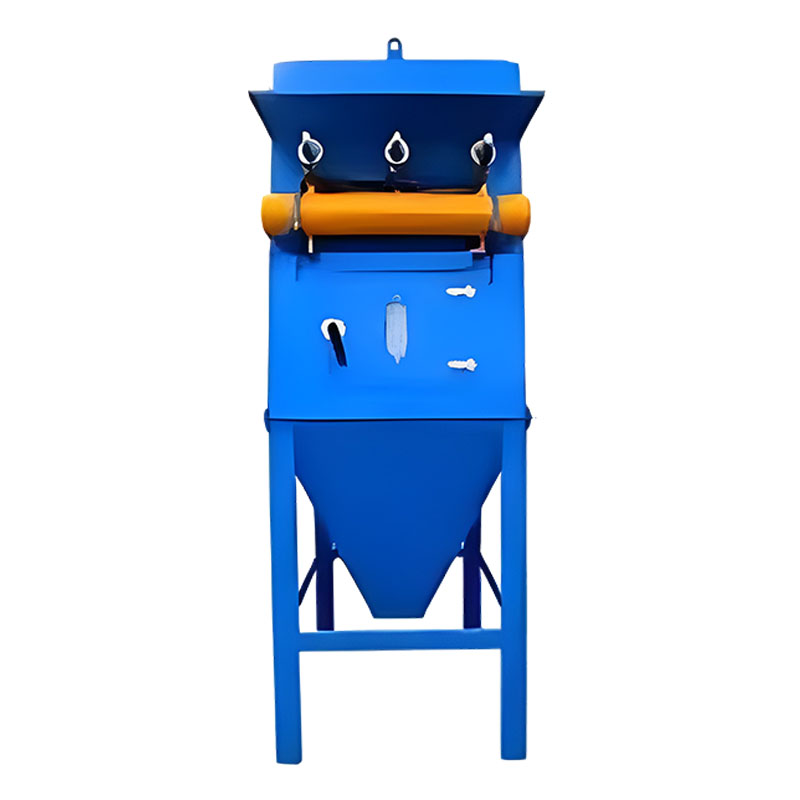What mechanical factors should be considered in the design of mixing tank wall thickness?
Release Time : 2025-04-23
When the mixing tank is working, it may be subjected to a certain pressure inside, such as when gas is generated during a chemical reaction or when a mixing operation needs to be performed under a certain pressure. According to the mechanical theory of thin-walled containers, the internal pressure will cause the tank to produce hoop stress and axial stress. The hoop stress is twice the axial stress and is one of the key factors in designing the tank wall thickness. In order to withstand the stress generated by the internal pressure, the tank wall thickness needs to meet the relevant strength conditions to prevent the tank from causing safety accidents due to excessive deformation or rupture. Usually, the minimum wall thickness that meets the strength requirements is calculated by formula based on the allowable stress of the material and the size of the internal pressure.
When the mixing tank is in a vacuum state or is subjected to a large pressure outside, the tank may face the problem of instability due to external pressure. Under the action of external pressure, the tank is prone to local buckling or overall instability, resulting in deformation or even damage to the tank. In order to ensure the stability of the tank under external pressure, the wall thickness of the tank needs to be reasonably designed. Generally, the tank's ability to resist external pressure is improved by increasing the wall thickness. At the same time, structures such as reinforcement rings can be set on the tank to enhance the rigidity of the tank and prevent the occurrence of instability.
The weight of the material in the mixing tank will produce vertical pressure on the tank body, especially for large mixing tanks, the weight of the material may produce greater stress on the bottom and wall of the tank body. In addition, during the mixing process, the flow of the material and the rotation of the stirring paddle will cause the material to impact the wall of the tank body. The effect of these forces will affect the strength and stability of the tank body. Therefore, when designing the wall thickness, it is necessary to consider the density of the material, the loading amount, and the dynamic impact force during the mixing process to ensure that the tank body can withstand these forces without damage.
During the rotation of the stirring paddle, shear force and axial thrust will be generated, which are transmitted to the wall and bottom of the tank body through the material. Shear force will cause shear stress on the wall of the tank body, while axial thrust may cause local stress concentration at the bottom of the tank body. If the speed of the stirring paddle is high or the stirring power is large, the impact of these forces will be more significant. Therefore, when designing the wall thickness of the tank body, it is necessary to calculate the force acting on the tank body based on parameters such as the type, size, speed, and stirring power of the stirring paddle, and determine the appropriate wall thickness accordingly to ensure that the tank body can withstand the force generated by the stirring paddle.
In earthquake-prone areas, mixing tanks also need to consider the effects of seismic loads. During an earthquake, the tank will be subjected to horizontal and vertical seismic forces, which will cause the tank to produce a complex stress state. In order to ensure the safety of the mixing tank in an earthquake, the design needs to calculate the seismic load according to the local seismic intensity and the structural characteristics of the tank, and combine it with other loads to determine the required wall thickness of the tank. Usually, measures such as increasing the wall thickness and setting up a reinforcement structure are adopted to improve the seismic resistance of the tank.
For large mixing tanks installed outdoors, wind load is also an important mechanical factor. The wind will generate pressure and suction on the surface of the tank, forming wind resistance. Wind resistance will cause bending stress and shear stress in the tank, especially at the top and bottom of the tank, where stress concentration is more obvious. When designing the wall thickness of the tank, it is necessary to consider the influence of wind load, calculate the wind load according to the local wind conditions and the height, diameter and other parameters of the tank, and reasonably determine the wall thickness to ensure the stability and safety of the tank under the action of wind.
The mixing tank may experience temperature changes during operation, such as heating or cooling. Temperature changes will cause thermal expansion and contraction of the tank material. If the deformation of the tank is constrained, thermal stress will be generated. Thermal stress superimposed with other stresses may have an adverse effect on the strength and stability of the tank. Therefore, when designing the tank wall thickness, it is necessary to consider the thermal stress caused by temperature changes and select appropriate materials and structures to reduce the impact of thermal stress while ensuring the safety of the tank under different temperature conditions.
The design of the mixing tank wall thickness needs to fully consider mechanical factors such as internal pressure, external pressure, material weight and impact force, force generated by the stirring paddle, seismic load, wind load and temperature change. Through precise calculation and reasonable design, ensure that the tank has sufficient strength, stability and safety to meet the needs of actual production.







